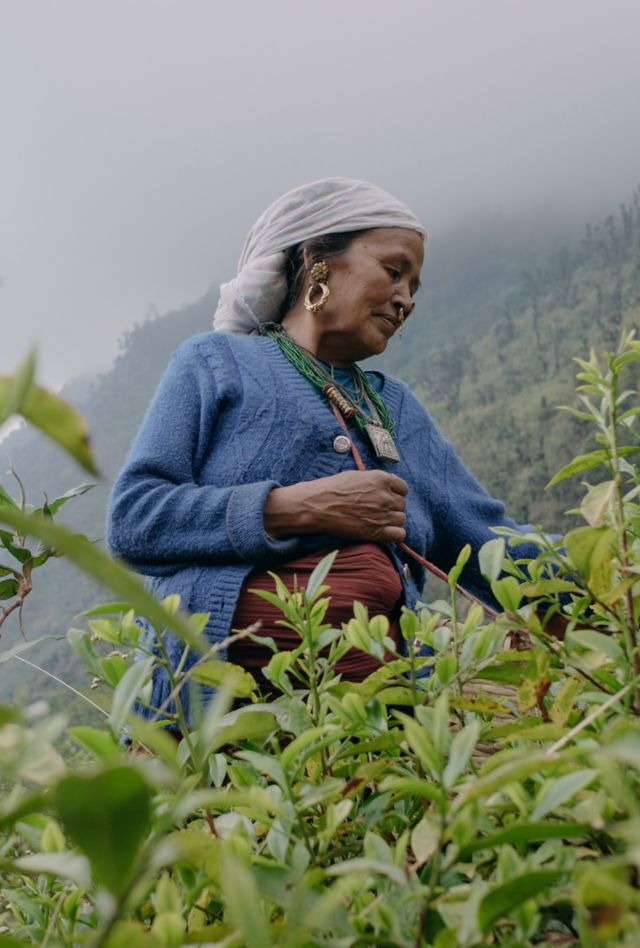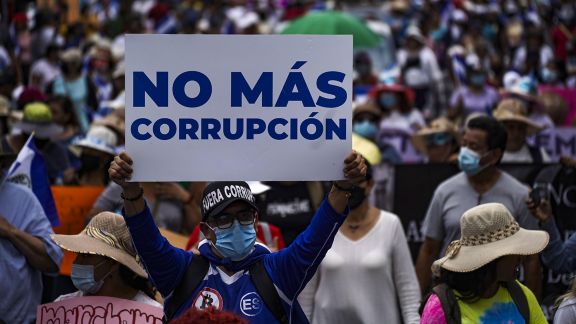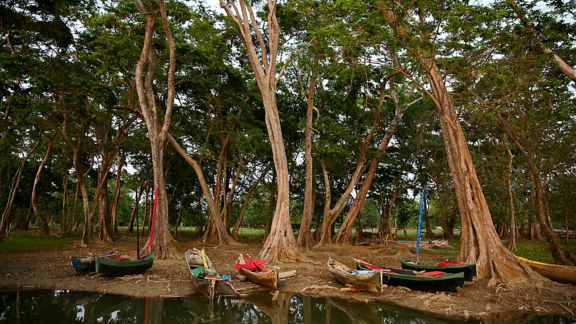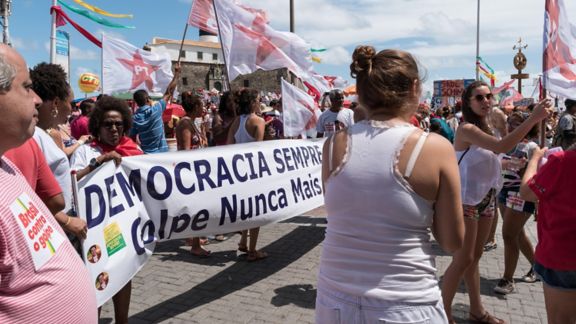NORC Identifies Best Practices to Help USAID Work More Effectively with Indigenous Partners

This article is from our NORC Now newsletter. Subscribe today.
November 2023
USAID Seeks to Ensure Projects Respect Indigenous Peoples’ Rights
Some global development projects implemented on Indigenous Peoples’ land—even those meant to benefit Indigenous Peoples—run the risk of further marginalizing them, undermining their rights or access to resources, and causing or exacerbating conflict. For instance, large infrastructure projects often cause displacement of Indigenous Peoples, loss of livelihood, and other adverse outcomes. Or conservation projects can encroach on Indigenous Peoples’ traditional livelihoods by cutting off their access to land, forests, and animals.
Recognizing this risk, the United States Agency for International Development (USAID) launched a Policy for Promoting the Rights of Indigenous Peoples (PRO-IP) in 2020. PRO-IP seeks to ensure that USAID-funded projects respect Indigenous Peoples’ rights and engage Indigenous partners in development processes, thereby improving project impact and sustainability.
In 2020, USAID commissioned NORC to build an internal knowledge base, best practices, and monitoring and learning tools related to USAID’s integration of Indigenous Peoples into
NORC Conducts Landscape Analysis, Interviews, and Workshops
Our first step was to conduct an extensive landscape analysis. It included a review of 200 USAID documents, multiple donor policies, publications by Indigenous Peoples’ organizations, and interviews with USAID staff in 16 countries.
“We found mixed results,” said Kareem Kysia, program area director for NORC’s Hard-to-Reach Populations & People in Vulnerable Situations Program Area. “While engagement with Indigenous Peoples was common [across Operating Units], there was significant variation in its depth and the processes used to achieve it.”
Next, we interviewed USAID staff and Indigenous organizations that participated in eight co-creation processes, whereby USAID designs development activities with partners or groups that will be affected by or participate in such activities. Our interviews revealed a gap between USAID’s tendency to collaborate via virtual workshops and Indigenous communities’ limited internet or computer access, different views on time, and a preference for in-person communication.
Our conversations also exposed an underlying tension.
“While the Indigenous partners we consulted appreciated USAID including their perspectives, they expressed frustration over the length of the unfunded co-creation process,” said Jessica Wallach, a senior research associate in NORC’s International Programs department. “In some cases, virtual workshops were spaced out over multiple years. Our strong recommendation is to streamline the process by taking co-creation offline and, instead, meeting in person over several days.”
Findings Inform Eight Case Studies and a Learning Document on Best Practices
We translated our findings into eight case studies of the Amazon Basin, Colombia (two cases), Ecuador, Ethiopia, the Democratic Republic of Congo, Guatemala, and Peru. We presented them in a learning document on co-creation with Indigenous partners that offers best practices for responding to their diverse needs and preferences while co-creating development activities with them and strengthening their capacities.
Among those best practices: be open to a partner’s preferred communication channels, avoid making value judgments, and hold separate sessions for subgroups—such as women and youth—so they can speak freely and have their voices included.
Finally, we held global and regional workshops with Indigenous Peoples’ organizations to learn about their perspectives, expectations, and recommendations on key terminology of the PRO-IP, including “engagement” and “partnership.” We incorporated these perspectives into performance monitoring indicators and learning questions to guide the USAID’s Inclusive Development Hub and Operating Units in tracking and measuring the PRO-IP's implementation.
Our recommendations aim to help USAID strengthen engagement and streamline its processes while supporting Indigenous Peoples’ rights.
This article is from our flagship newsletter, NORC Now. NORC Now keeps you informed of the full breadth of NORC’s work, the questions we help our clients answer, and the issues we help them address.








